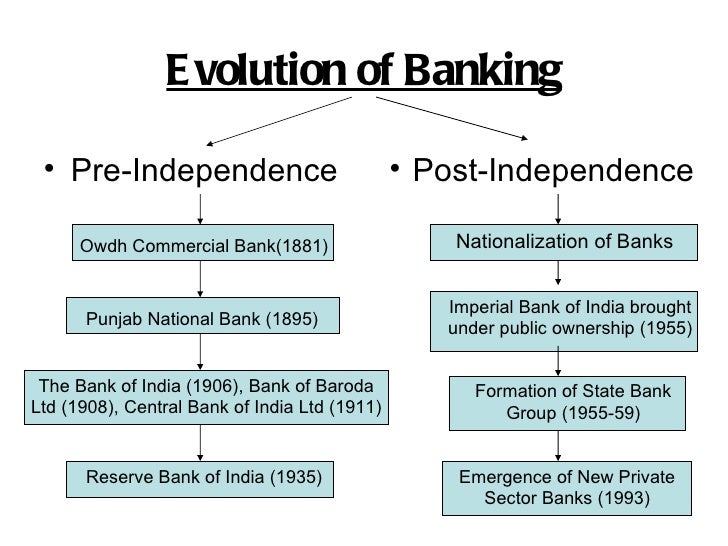The Mechanism
Clearing system is a mechanism for calculating and determining each bank’s ‘payments / receipts’ position within the Commercial banks forming part of the system. A clearing system is governed by its rules which, among other things, include ‘timing’ for presentation and return of payment instruments.
Settlement is the transfer of value to discharge a payment obligation. Settlement may be within the branch or within the bank or among other banks. The first two being fairly easy, it is the last part of settlement that involves more banks and settlement is effected through the State Bank of Pakistan. Logistical help since the last few years is obtained from National Institutional Facilitation Technologies (NIFT).
Clearing system is a mechanism for calculating and determining each bank’s ‘payments / receipts’ position within the Commercial banks forming part of the system. A clearing system is governed by its rules which, among other things, include ‘timing’ for presentation and return of payment instruments.
Settlement is the transfer of value to discharge a payment obligation. Settlement may be within the branch or within the bank or among other banks. The first two being fairly easy, it is the last part of settlement that involves more banks and settlement is effected through the State Bank of Pakistan. Logistical help since the last few years is obtained from National Institutional Facilitation Technologies (NIFT).
